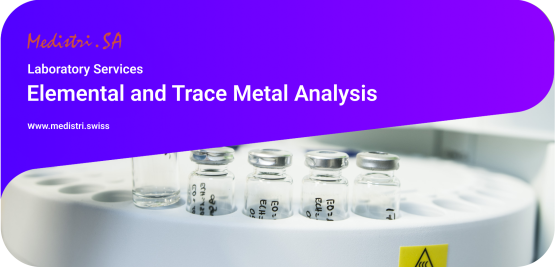Elemental and Trace Metal Analysis
Elemental and Trace Metal Analysis is a critical part of quality control and commercial release in the pharmaceutical and medical device industry. It involves the analysis of trace metals and other elements in raw materials, active pharmaceutical ingredients (APIs), excipients, and formulations to ensure product quality and purity.
Environmental Monitoring
Environmental monitoring is a crucial process that helps to assess the impact of human activities on the environment and take steps to minimize any negative effects. Failure to conduct environmental monitoring can result in a lack of understanding of the environmental impact of an organization’s activities, leading to potential harm to the natural environment and human health.
Residual Testing
Residual testing is a method of analysing the chemical residues that may remain on a medical device after it has been exposed to a sterilisation process. Residues can affect the biocompatibility, functionality and safety of the medical device, and potentially harm the patient or user. Therefore, it is important to ensure that the residues are within acceptable limits according to the relevant standards and regulations.
Plastics Testing
Plastics testing is a process that involves evaluating the compatibility, stability and integrity of plastic materials used for packaging or manufacturing medical devices that undergo sterilisation. Plastics testing can also include the analysis and screening of phthalates, which are a category of chemical compounds that are used as a form of additive in plastics.
Heavy Metal Elemental Analysis
Heavy metal elemental analysis is the process of measuring the concentration and composition of metals in biological samples. Heavy metals can be toxic and essential for living organisms, depending on their dose and bioavailability. Therefore, it is important to monitor their levels in the environment.
Introduction to Toxicological Studies
The Toxicological Studies provide a consistent definition of the circumstances under which it is necessary to undertake studies on new drugs and/or devices. The recommendations take into account the known risk factors as well as the intended indications and duration of exposure. Following standards such as ISO 10993 also helps to uncover potential risks like carcinogenicity, genotoxicity and reprotoxicity. Additionally, following standards can increase sensitivity and reduce the number of animals required for overall safety evaluations.
Complement Activation
The complement system is part of the innate immune system and plays an important role in host defense, inflammation, tissue regeneration and other physiological processes. Complement activation leads to the opsonization of pathogens and their elimination by phagocytes.
Introduction to Chemical Characterisation
The chemical characterization of materials is an essential aspect of the regulatory review and approval of medical devices in the European Union (EU) and most major markets worldwide. Chemical characterization is also an essential aspect of the overall biocompatibility assessment process, which helps to ensure that the potential benefits of using a given medical device are not outweighed by the potential biological risks associated with that device or its components or materials.
Introduction to Cytotoxicity
Measuring the potential adverse effects of substances on living organisms is important to multiple industries. A property of the substance that needs to be known is its cytotoxic effect - whilst toxicity is a more general term for how harmful a substance is to living organisms, Cytotoxicity is a term that describes how toxic a substance is to cells.
Bioburden Testing
Bioburden testing is a fundamental microbiological analysis used to assess the level of microorganisms present on a medical device or other sterile product before it is sterilized. It involves collecting a sample from the product and then growing and counting any microorganisms present in the sample.










